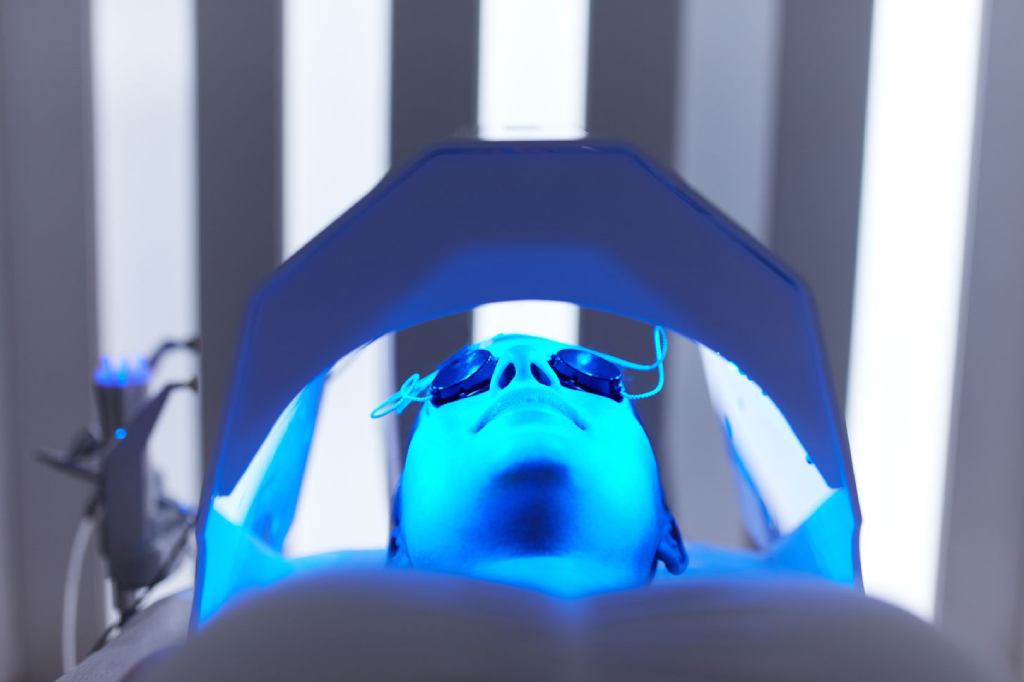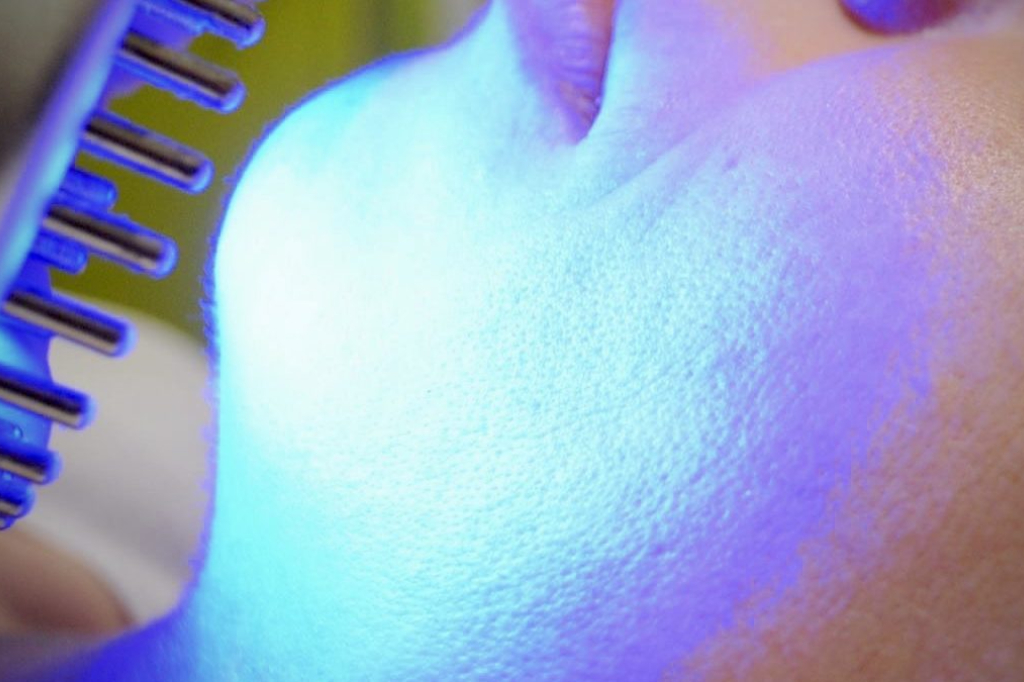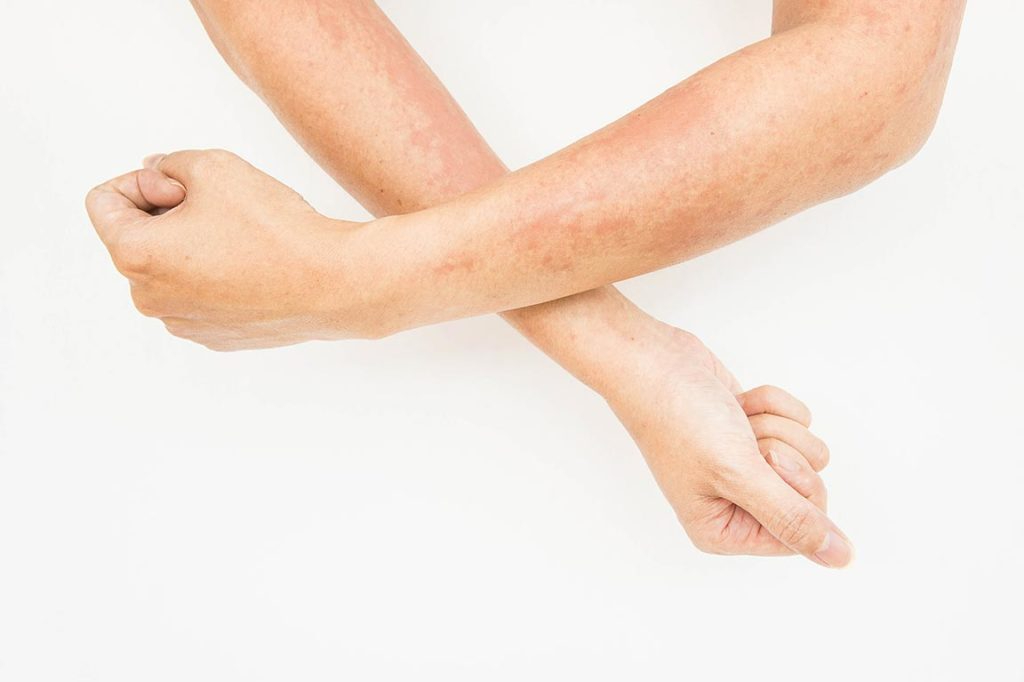Uv therapy harnessing the healing power of ultraviolet light


UV therapy, or ultraviolet light therapy, is a medical treatment that utilizes specific wavelengths of ultraviolet (UV) light to address various skin conditions and certain internal health issues. This therapeutic approach leverages the beneficial effects of UV light on biological tissues, promoting healing and providing relief for conditions ranging from skin disorders to certain autoimmune diseases.
Key Components

Ultraviolet Light

Controlled Exposure
Types of UV Therapy
UVA Therapy
UVB Therapy
UVC Therapy
Applications
Psoriasis
UVB and UVA therapies are commonly used to alleviate symptoms of psoriasis, a chronic skin condition characterized by red, scaly patches.
Vitiligo
UVB phototherapy is employed to stimulate the repigmentation of areas affected by vitiligo, a skin disorder causing the loss of pigment.
Eczema (Atopic Dermatitis)
UV therapy may be used to manage symptoms of eczema, particularly when other treatments prove insufficient.
Rickets
UV exposure, particularly UVB from sunlight, is essential for the synthesis of vitamin D, and UV therapy may be recommended for individuals with vitamin D deficiency-related conditions like rickets.
Cutaneous T-cell Lymphoma
UVB or PUVA therapy may be part of the treatment plan for certain types of skin lymphomas.
Benefits
- Symptomatic Reliefg : UV therapy can provide relief from symptoms associated with various skin conditions, including itching, inflammation, and scaling.
- Localized Treatment : UV therapy allows for targeted treatment of specific areas affected by skin disorders while minimizing exposure to unaffected skin.
- Non-Invasive : UV therapy is a non-invasive treatment option, avoiding the need for surgical procedures or systemic medications in some cases..


